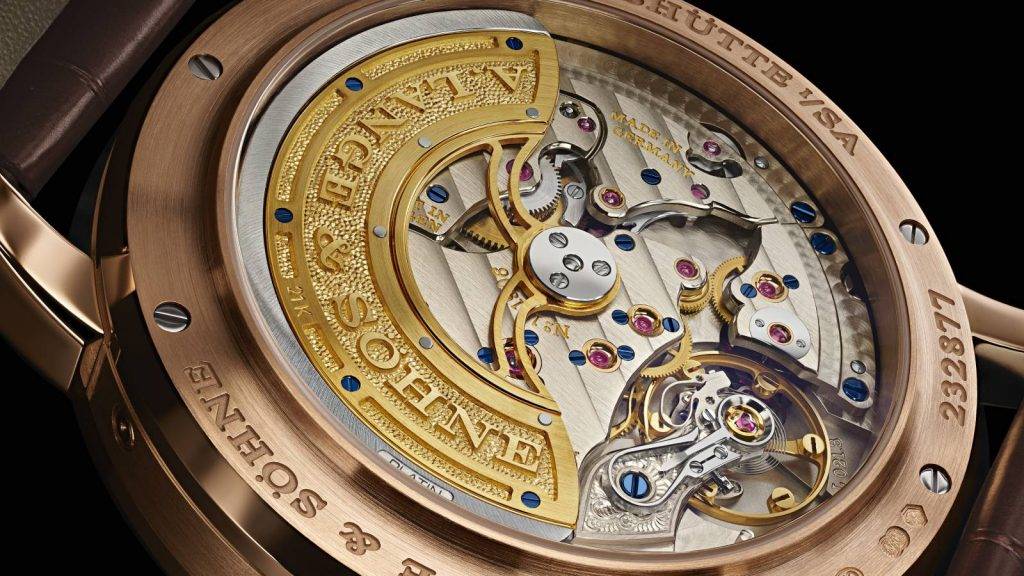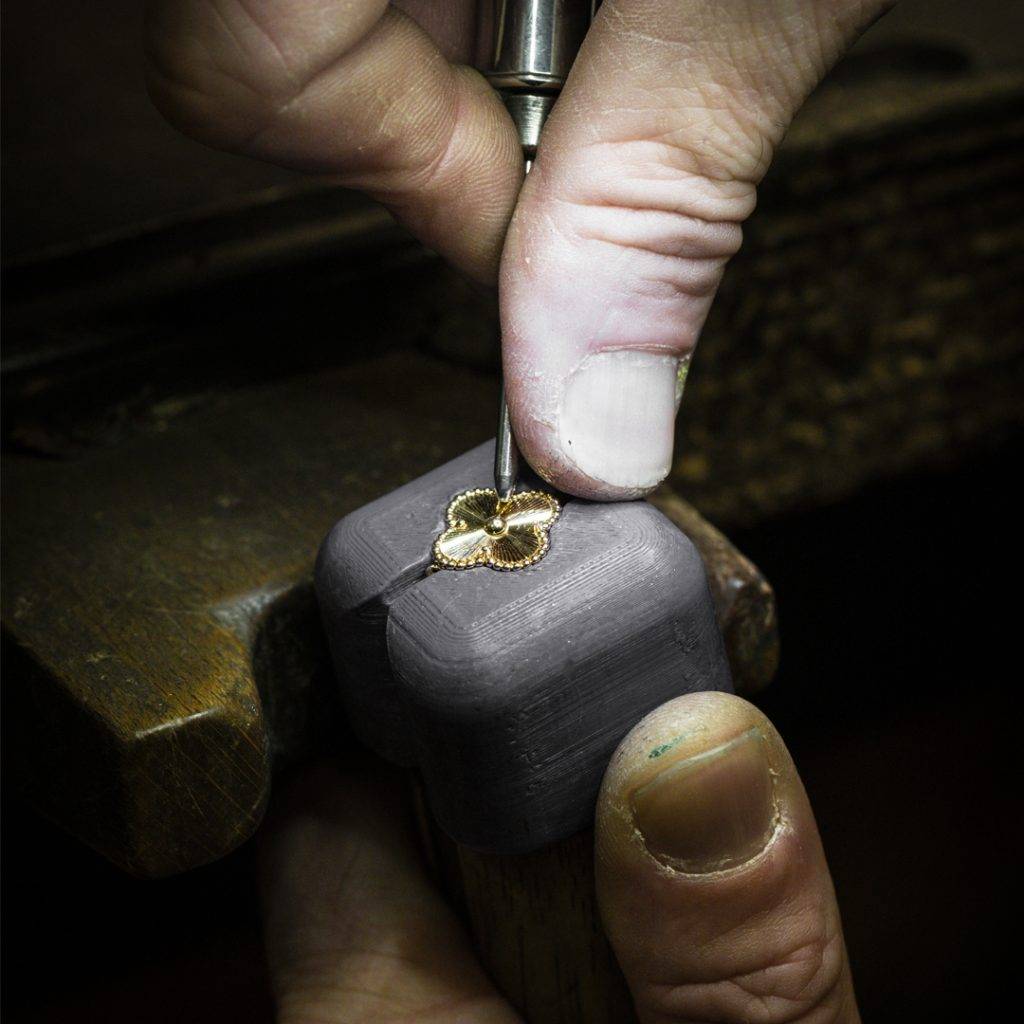‘There will always be people who appreciate the centuries of heritage and fine craftsmanship that go into a luxury watch’
The luxury watch world is showing no signs of slowing down this year. The Watches and Wonders fair in Geneva, Switzerland, which wrapped up early this month, had a record-breaking 43 000 visitors who marvelled at the latest horology creations from top brands such as Rolex, Cartier, Patek Philippe.
The pageantry of a watch trade show tells us the world of fine watchmaking sits comfortably on craftsmanship and fantasies of class and prestige. Buyers, retailers and media from all over the world descended on Geneva to see the latest creations from the most desirable brands.
“People have been really starved of touch and feel. During the Covid-19 lockdown, retailers ultimately only got to see the end product when it arrived for the watch client,” says Yvonne Shaff, managing director of YourLuxury Africa, the only South African publication at the fair.
A fair like Watches and Wonders is similar to Apple launching a new iPhone, with collective excitement and appetite for the latest releases. Some people follow fashion, others follow watches or collect sports cars as these are hugely collectible and good investments.
Watchful eyes



Historically, the watch industry has lived in a very small part of the world with factories and workshops in valleys in Switzerland supplying beautiful watches to the global luxury world, says Jacquie Myburgh Chemaly, editorial director of YourLuxury Africa.
“Once a year, there is a showcase for all luxury watch brands to introduce what they call their ‘novelties’.
“Similar to a fashion designer who produces a new collection every season, the watch industry produces new novelties every year and that’s what they present at this trade show,” says Myburgh Chemaly.
Typically, trade shows are industry gatherings that showcase the latest innovations and trends to help industry players plan for the year ahead by breathing fresh air into products, she explains.
In the last week of the shows, members of the public can attend. Perhaps inviting visitors from the public to a watch trade show is a clever move to downplay the industry’s reputation for being hyper exclusive.
Like other forms of jewellery, watches are seductive with their bejewelled bezels, brushed metals and vibrant dials and straps in gold, platinum and leather.
Watches and Wonders says the rapidly growing global watch market is worth $27.7 billion, with 8 000 customer booked to visit watch retailers after the show.
The challenge now is competing for the attention of both established watch collectors and a new generation of fans with different buying criteria, such as sustainability, transparency and a love of collaborations.
To compete with the glitz, glamour and marketing budgets of other industries, watch brands have had to go beyond displaying their wares in Geneva windows. For example, the Breitling Kitchen restaurant represents the brand’s foray into the world of hospitality. This emerging trend among luxury brands is bringing new meaning to the word “tastemaker”, with Prada and Louis Vuitton opening their own eateries of late.
In South Africa, the recently opened Ocean Mall Platinum Walk in Durban joins Sandton City’s Diamond Walk as a luxury destination featuring Gucci and Versace boutiques, says Myburgh Chemaly.
“It’s evidence of a growing luxury market. It stands to reason with the economy that there are people here who have an appetite for luxury lifestyle and who have travelled enough to develop awareness about luxury brands’ quality, heritage and the craftsmanship,” she explains.
Among the hundreds of novelty watches available at Watches and Wonders, there are orders from South Africa for Rolex, Tudor and Patek Philippe watches, says Shaff.
Luxury watches don’t come cheap. Some of the novelties at Watches and Wonders will set you back over R4 million. A new Cartier Tank Normale is priced at R1.9 million and a Chanel Première Robot is R459 000. But what do these creations tell us besides the time?
It’s hard to tell whether people buy watches purely as status symbols or because of a genuine respect for horology — or both.
“There is always going to be someone who is impressed by a designer handbag and there will always be people who appreciate the centuries of heritage and fine craftsmanship that go into a luxury-brand watch,” says Myburgh Chemaly.
Watch this space



However, watch aficionados aren’t limited to buying brand-new pieces — the global secondhand market is said to have a value of $22 billion.
South African secondhand retailer Luxity says the watch market has often outperformed other luxury segments over the past two years.
South Africa’s watch market mirrors those of Europe and the US in terms of trends and what brands local consumers focus on, says Luxity cofounder Michael Zahariev.
“I think the interesting thing in South Africa is we see many of the same trends as Europe and America. We see Rolex being one of the biggest brands and the most sought-after. But you also see other brands, like Tag Heuer, perform much better locally because it is a more entry-level segment,” says Zahariev.
Although secondhand watches are often cheaper than new ones, 70% of Luxity’s clients pay off their purchases, which are in the R4 000 to R295 000 range.
Local buyers of secondhand watches tend to be between 35 and 50 years old.
“[Secondhand watches] are a bit more affordable and we are talking more than entry-level brands. They are still much more expensive for South Africa from an affordability point of view, so we haven’t seen the younger demographic getting into it,” says Zahariev.
All the items sold by Luxity are bought in South Africa. Often, when customers sell their products to stores like Luxity, they are not doing so to generate income but to clear space in their collections, he says.
Clocks with clout



It is no secret that a luxury Swiss-made watch can be a hefty symbol of wealth, status and a taste for the finer things in life. Most luxury watch boutiques in South Africa offer customers the choice of being escorted to their cars by security.
The fact that the tastes of South African watch buyers align with wealthy international clients points to our local style of conspicuous consumption, at almost any cost. Social media accounts dedicated to watches have perpetuated the desire for watches in the age of hype.
Superwatchman, an Instagram account with 750 000 followers, posts pictures of Formula One drivers wearing their watches and includes their mega price tags. Dimepiece is dedicated to sharing women wearing luxury watches to its 40 000 followers.
“It’s a seemingly small world of horology, but when you look at the money, effort and time spent [at Watches and Wonders], it is incredible,” says Shaff.
“There was an incredible exhibition called the Rare Handcraft Exhibition by Patek Philippe in Geneva, with the most wonderful legacy timepieces from the past.”
Both Luxity and international reseller Rebag allude to the growing demand for Cartier’s iconic Tank watch. Its renaissance is seen via Instagram accounts and the wrists of influencers and celebrities such as American actor Donald Glover and late boxing legend Muhammad Ali.
Today, a watch might seem redundant when the screens we look at all day have a convenient digital clock in the corner. However, it’s the appetite for luxury that keeps the watch world ticking.
“Post the pandemic, the watch industry has had a lot of new developments. Especially with Asia being some of the worst affected, now is the first time the Asian media and buyers can be face to face; it’s a huge market,” says Myburgh Chemaly.
With the growing appetite for luxury goods, jargon terms such as “chronometer”, “brushed materials” and “deployant clasp” are being bandied about. It often distinguishes those who can afford a R4 million Patek Philippe from a boutique from someone buying a used Rolex online.
Picking a “timepiece” is a subjective choice at the end of the day, with endless sizes, materials, date formats, shapes and brands to choose from.
The accessibility of secondhand watches, paired with social media hype, has turned Swiss-made watches into must-haves, instead of nice-to-haves. This has helped redirect the feel of wearing watches away from James Bond suaveness to a fashion-forward choice of accessory.
Yet, the notion remains the same across the board — my time is more important than your time.